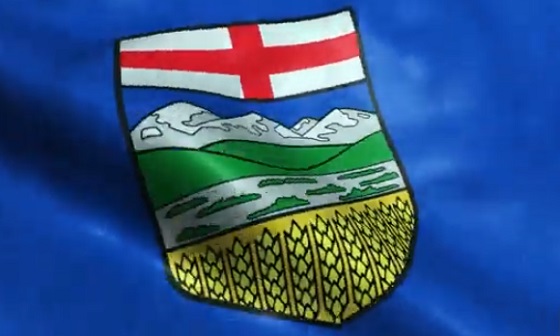Business
The Problem With Trudeau’s Fiscal Responsibility Message
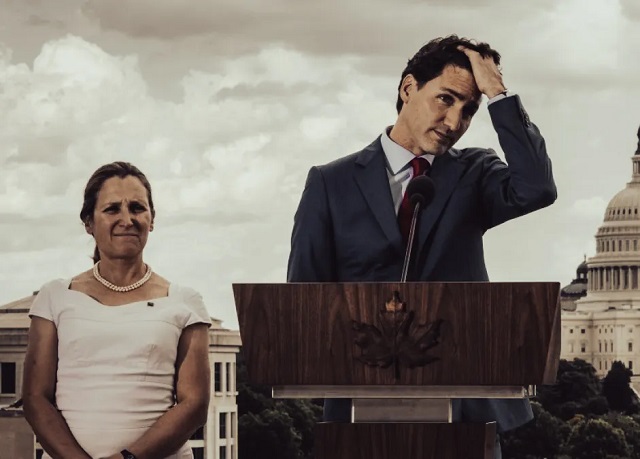
From the Canadian Taxpayers Federation
By Franco Terrazzano
This year’s interest charges will cost taxpayers more than $46 billion. That’s almost $4 billion every month that’s not going to improve services or lower taxes. It’s also a cost of more than $1,000 for every Canadian.
There’s only one problem with the federal government’s messaging about saving money: the feds aren’t actually saving money.
“The foundation of our Fall Economic Statement is our responsible fiscal plan,” said Finance Minister Chrystia Freeland.
The mid-year budget update shows the government increasing spending by $15 billion this year. A far cry from Freeland’s March promise to find “savings of $15.4 billion over the next five years.”
Next year, the government will increase spending by $30 billion. And that comes on top of an already ballooned baseline.
The feds spent all-time highs before the pandemic. That means Prime Minister Justin Trudeau was spending more before the pandemic than the feds did during any single year during World War II, even after accounting for inflation and population growth.
Freeland is trying to put Canadians’ minds at ease by claiming her deficits are “modest.” Canadians have heard this before.
When running for prime minister in 2015, Trudeau promised to run a few “modest” deficits of less than $10 billion before balancing the budget in 2019. Trudeau blew that balanced budget promise by a “modest” $20 billion.
This year’s deficit is projected to hit $40 billion. Deficits in 2024 and 2025 are both projected to be $38 billion.
Is this the new modest? Four times larger than the “modest” deficits Trudeau first promised?
The mid-year budget update proves this government has no idea how to balance a budget.
In fact, the only mention of a balanced budget in Ottawa comes from the Parliamentary Budget Officer, who forecasts the next balanced budget will happen in 2035. But that relies on the economy growing every year, relatively low interest rates and no new spending.
A government too incompetent to balance the budget means Canadians are paying dearly just to service the debt.
This year’s interest charges will cost taxpayers more than $46 billion. That’s almost $4 billion every month that’s not going to improve services or lower taxes. It’s also a cost of more than $1,000 for every Canadian.
Next year, debt interest charges will surpass federal health transfers to the provinces. Soon, every penny collected from the GST will go toward servicing the debt.
As bad as the budget is, the government could keep the ship from sinking with modest spending restraint.
The government could balance the budget next year by using its own projected program spending from two budget updates ago. Instead of running a $38-billion deficit next year, taxpayers would have a $1-billion surplus if Freeland just stuck to the spending plan she created in 2021.
This highlights the root of Trudeau’s spending problem – the ratchet effect. Almost every budget document released by this government drastically increases spending.
The mid-year budget update in 2019 first projected spending in 2024 to be $421 billion. This year’s budget update shows the government will spend $519 billion in 2024.
This government’s muscle for fiscal responsibility has atrophied.
MPs from all political parties can’t help themselves from taking a pay raise every year – regardless of the struggles their constituents endure. The prime minister can’t help but spend $61,000 on Manhattan hotel rooms during a two-day anti-poverty summit.
No one in government is willing to end the hundreds of millions in bureaucratic bonuses, despite departments consistently meeting less than half of their own performance targets.
The Liberals are also unwilling to take the air out of the ballooning bureaucracy, which increased by 98,000 employees since they took power. That’s almost 40 per cent more federal employees. The bureaucracy currently consumes half of every tax dollar used in day-to-day spending.
No party in the House of Commons is willing to oppose the more than $43 billion taxpayers are being forced to give multinational corporations to build battery plants.
This government hasn’t shown one iota of fiscal restraint. In fact, the government appears to be trying its best to run up the red ink. Fortunately for taxpayers, it would only take modest spending restraint for a serious government to bring the books back into black.
Franco Terrazzano is the Federal Director of the Canadian Taxpayers Federation
Business
Canada urgently needs a watchdog for government waste
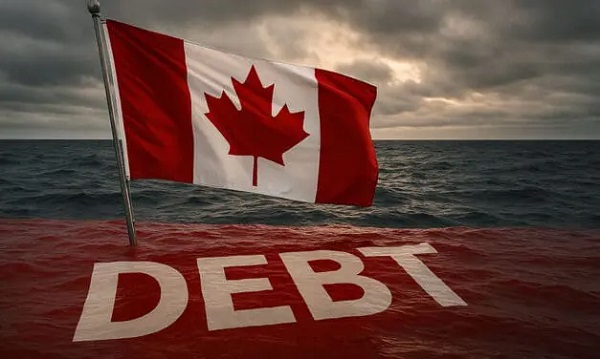
This article supplied by Troy Media.
 By Ian Madsen
By Ian Madsen
From overstaffed departments to subsidy giveaways, Canadians are paying a high price for government excess
Canada’s federal spending is growing, deficits are mounting, and waste is going unchecked. As governments look for ways to control costs, some experts say Canada needs a dedicated agency to root out inefficiency—before it’s too late
Not all the Trump administration’s policies are dubious. One is very good, in theory at least: the Department of Government Efficiency. While that
term could be an oxymoron, like ‘political wisdom,’ if DOGE proves useful, a Canadian version might be, too.
DOGE aims to identify wasteful, duplicative, unnecessary or destructive government programs and replace outdated data systems. It also seeks to
lower overall costs and ensure mechanisms are in place to evaluate proposed programs for effectiveness and value for money. This can, and often does, involve eliminating departments and, eventually, thousands of jobs. Some new roles within DOGE may need to become permanent.
The goal in the U.S. is to reduce annual operating costs and ensure government spending grows more slowly than revenues. Washington’s spending has exploded in recent years. The U.S. federal deficit now exceeds six per cent of gross domestic product. According to the U.S. Treasury Department, the cost of servicing that debt is rising at an unsustainable rate.
Canada’s latest budget deficit of $61.9 billion in fiscal 2023-24 amounts to about two per cent of GDP—less alarming than our neighbour’s situation, but still significant. It adds to the federal debt of $1.236 trillion, about 41 per cent of our estimated $3 trillion GDP. Ottawa’s public accounts show expenses at 17.8 per cent of GDP, up from about 14 per cent just eight years ago. Interest on the growing debt accounted for 9.1 per cent of
revenues in the most recent fiscal year, up from five per cent just two years ago.
The Canadian Taxpayers Federation (CTF) consistently highlights dubious spending, outright waste and extravagant programs: “$30 billion in subsidies to multinational corporations like Honda, Volkswagen, Stellantis and Northvolt. Federal corporate subsidies totalled $11.2 billion in 2022 alone. Shutting down the federal government’s seven regional development agencies would save taxpayers an estimated $1.5 billion annually.”
The CTF also noted that Ottawa hired 108,000 additional staff over the past eight years, at an average annual cost of more than $125,000 each. Hiring based on population growth alone would have added just 35,500 staff, saving about $9 billion annually. The scale of waste is staggering. Canada Post, the CBC and Via Rail collectively lose more than $5 billion a year. For reference, $1 billion could buy Toyota RAV4s for over 25,600 families.
Ottawa also duplicates functions handled by provincial governments, often stepping into areas of constitutional provincial jurisdiction. Shifting federal programs in health, education, environment and welfare to the provinces could save many more billions annually. Poor infrastructure decisions have also cost Canadians dearly—most notably the $33.4 billion blown on what should have been a relatively simple expansion of the Trans Mountain pipeline. Better project management and staffing could have prevented that disaster. Federal IT systems are another money pit, as shown by the $4-billion Phoenix payroll debacle. Then there’s the Green Slush Fund, which misallocated nearly $900 million.
Even more worrying, the rapidly expanding Old Age Supplement and Guaranteed Income Security programs are unfunded, unlike the Canada Pension Plan. Their combined cost is already roughly equal to the federal deficit and could soon become unmanageable.
Canada is sleepwalking toward financial ruin. A Canadian version of DOGE—Canada Accountability, Efficiency and Transparency Team, or CAETT—is urgently needed. The Office of the Auditor General does an admirable job identifying waste and poor performance, but it’s not proactive and lacks enforcement powers. At present, there is no mechanism in place to evaluate or eliminate ineffective programs. CAETT could fill that gap and help secure a prosperous future for Canadians.
Ian Madsen is a senior policy analyst at the Frontier Centre for Public Policy.
The views, opinions, and positions expressed by our columnists and contributors are solely their own and do not necessarily reflect those of our publication.
© Troy Media
Troy Media empowers Canadian community news outlets by providing independent, insightful analysis and commentary. Our mission is to support local media in helping Canadians stay informed and engaged by delivering reliable content that strengthens community connections and deepens understanding across the country.
Business
Trump says he expects ‘great relationship’ with Carney, who ‘hated’ him less than Poilievre
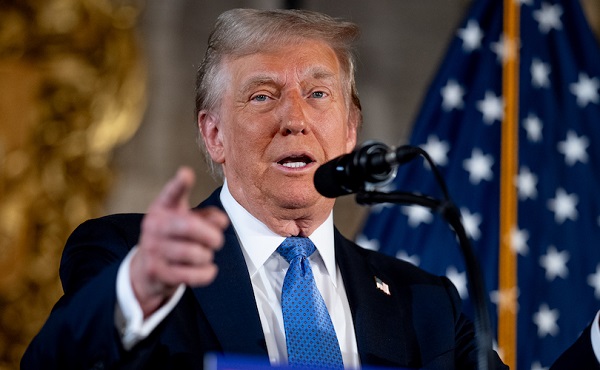
From LifeSiteNews
‘He called me up yesterday and said, ‘Let’s make a deal,’’ Trump said on Wednesday about Carney. ‘I actually think the conservative hated me much more than the so-called liberal.’
U.S. President Donald Trump implied that he was satisfied with Mark Carney winning the 2025 Canadian federal election, calling him a “nice gentleman” who “hated” him less than Conservative leader Pierre Poilievre.
“I think we are going to have a great relationship. He called me up yesterday and said, ‘Let’s make a deal,’” said Trump on Wednesday when asked about Carney and Monday’s election results.
Trump then said that Carney and Poilievre “both hated Trump,” but added, “It was the one that hated Trump I think the least that won.”
“I actually think the conservative hated me much more than the so-called liberal, he’s a pretty liberal guy,” he said.
Trump said that he spoke with Carney already, and that “he couldn’t have been nicer. And I congratulated him.”
“You know it’s a very mixed signal because it’s almost even, which makes it very complicated for the country. It’s a pretty tight race,” said Trump.
Trump then called Carney a “very nice gentleman and he’s going to come to the White House very shortly.”
Monday’s election saw Liberal leader Carney beat out Conservative rival Poilievre, who also lost his seat. The Conservatives managed to pick up over 20 new seats, however, and Poilievre has vowed to stay on as party leader, for now.
Back in March, Trump said at the time he had “an extremely productive call” with Carney and implied that the World Economic Forum-linked politician would win Canada’s upcoming federal election.
He also said before the election that he would prefer Carney to continue as Canada’s prime minister instead of Poilievre, who he said was “no friend” of his.
Trump, mostly while Justin Trudeau was prime minister, had repeatedly said that Canada should join the United States as its 51st state. This fueled a wave of anti-American sentiment in Canada, which saw the mainstream press say Poilievre was a “Trump lite” instead of Carney.
Poilievre at the time hit back at Trump, saying that the reason Trump endorsed Carney was that he “knows” he would be a “tough negotiator.”
Trump’s comments regarding Carney were indeed significant, as much of the debate in the mainstream media ahead of the election was about how the prospective leaders will handle tariff threats and trade deals with America.
Many political pundits have said that Carney owes his win to Trump.
Carney’s win has sparked a constitutional crisis. Alberta Premier Danielle Smith, as reported by LifeSiteNews, said that her province could soon consider taking serious steps toward greater autonomy from Canada in light of Carney’s win.
Under Carney, the Liberals are expected to continue much of what they did under Trudeau, including the party’s zealous push in favor of abortion, euthanasia, radical gender ideology, internet regulation and so-called “climate change” policies. Indeed, Carney, like Trudeau, seems to have extensive ties to both China and the globalist World Economic Forum, connections which were brought up routinely by conservatives in the lead-up to the election.
Poilievre’s defeat comes as many social conservatives felt betrayed by the leader, who more than once on the campaign trail promised to maintain the status quo on abortion – which is permitted through all nine months of pregnancy – and euthanasia and who failed to directly address a number of moral issues like the LGBT agenda.
-
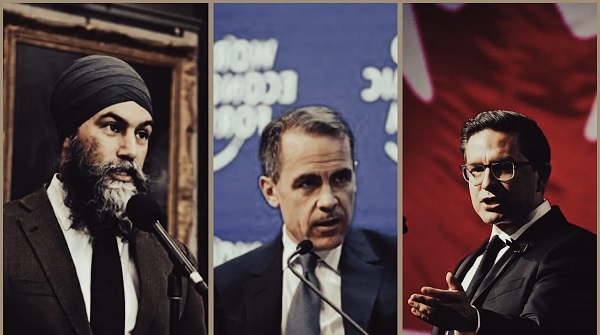
 2025 Federal Election2 days ago
2025 Federal Election2 days agoNDP Floor Crossers May Give Carney A Majority
-

 Alberta21 hours ago
Alberta21 hours agoIt’s On! Alberta Challenging Liberals Unconstitutional and Destructive Net-Zero Legislation
-
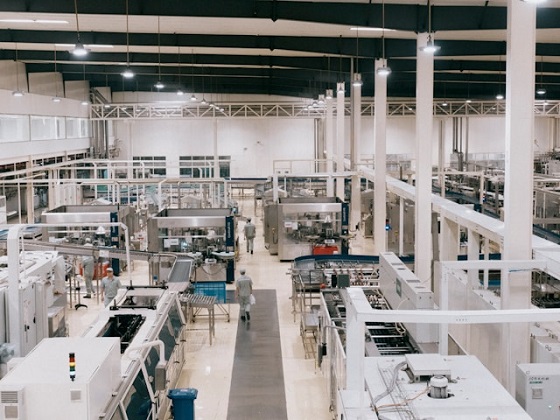
 Business2 days ago
Business2 days agoChina’s economy takes a hit as factories experience sharp decline in orders following Trump tariffs
-
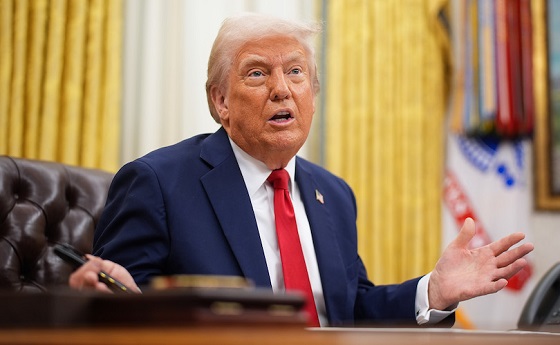
 Business1 day ago
Business1 day agoTrump’s bizarre 51st state comments and implied support for Carney were simply a ploy to blow up trilateral trade pact
-
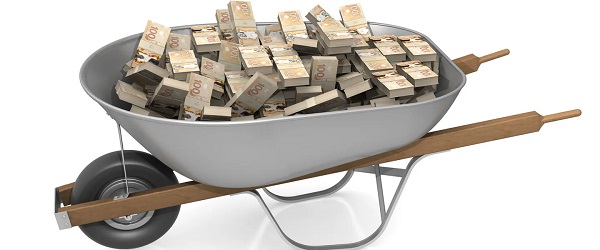
 Automotive2 days ago
Automotive2 days agoNew federal government should pull the plug on Canada’s EV revolution
-

 Mental Health2 days ago
Mental Health2 days agoHeadline that reads ‘Ontario must pay for surgery to give trans resident both penis and vagina: appeal court’ a sign of the times in Canada
-
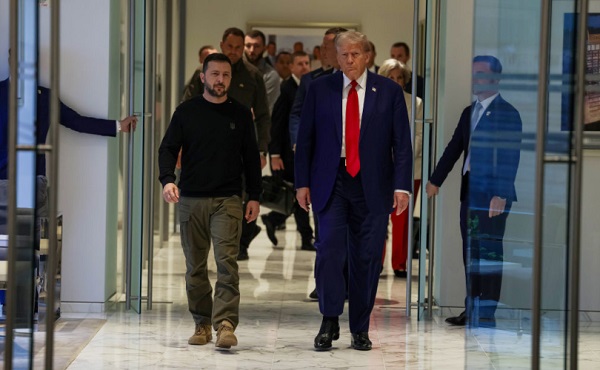
 Business2 days ago
Business2 days agoScott Bessent says U.S., Ukraine “ready to sign” rare earths deal
-
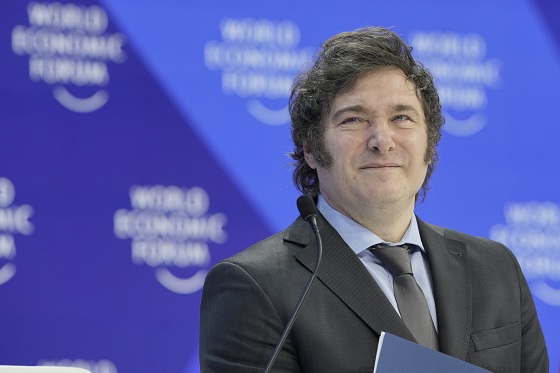
 International2 days ago
International2 days agoJavier Millei declassifies 1850+ files on Nazi leaders in Argentina
